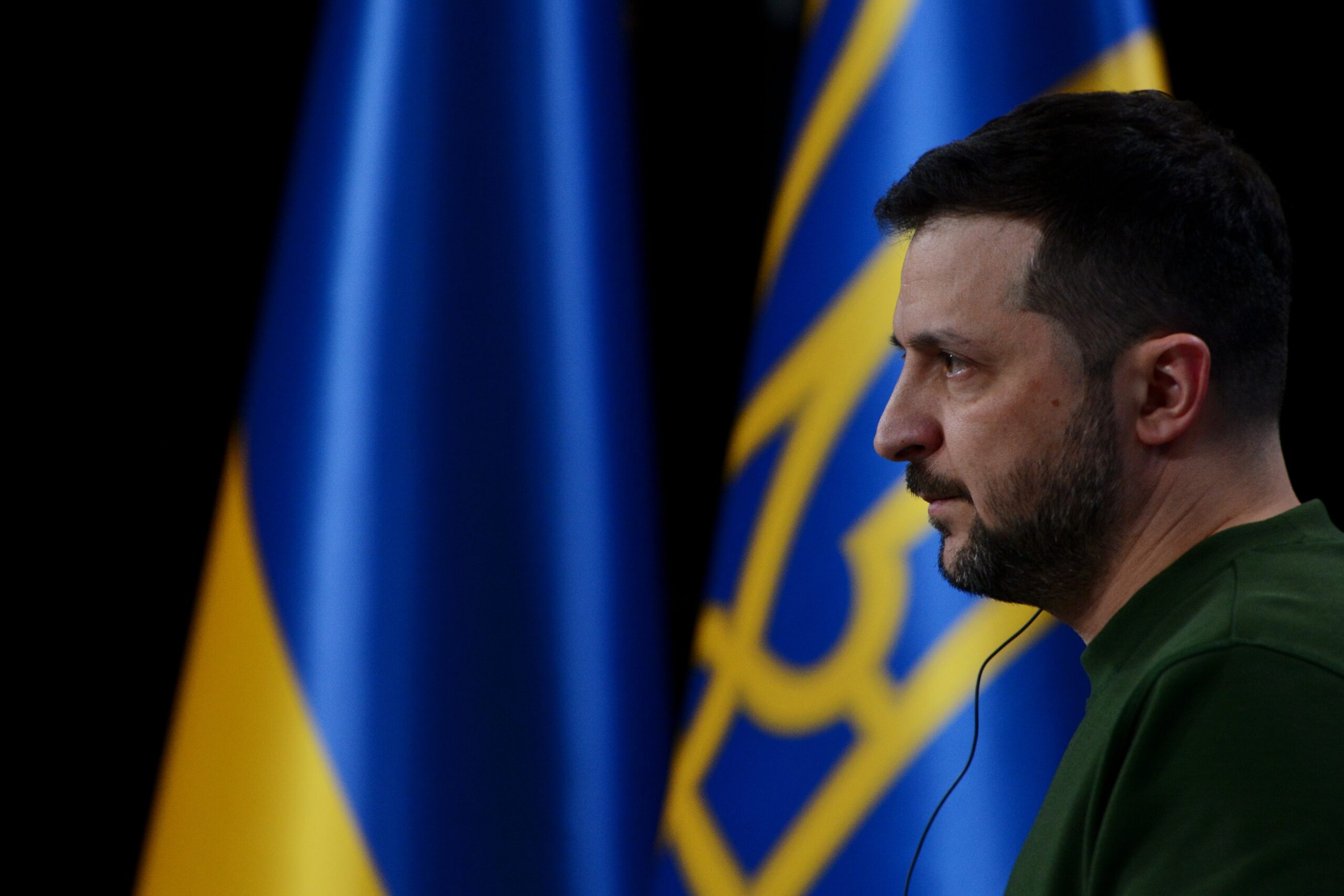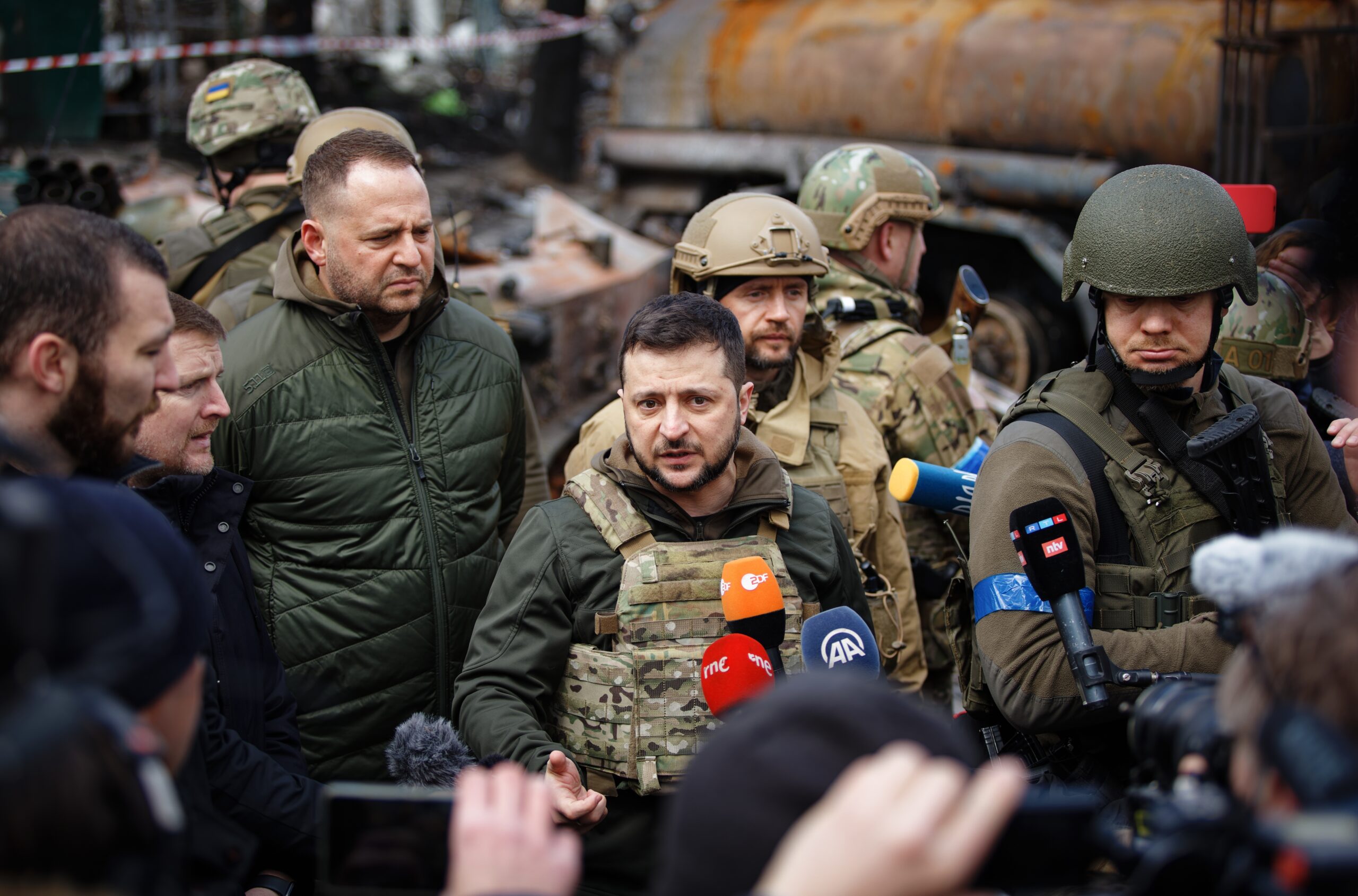Ukraine launches cross-border attacks on Russia.

TEXT : Peat Lovren
In August 2024, the Ukrainian military carried out a large-scale cross-border attack on Russian territory. What was initially thought to be a temporary invasion is now showing signs of becoming prolonged. After the invasion, President Zelensky demanded permission to use long-range weapons on Russian territory from the U.S. and the U.K., who are supplying rockets. While Russia, filled with displeasure, looks on, Zelensky is drawing up a scenario for victory and continuing negotiations with the U.S. and U.K. How will the Russia-Ukraine invasion evolve in the future?
The cross-border attack on Russian territory carried out by the Ukrainian military in August was a large-scale operation. A special unit of around 10,000 troops was deployed, and key gas facilities inside Russian territory were seized in a surprise attack. In response, Russia declared a state of emergency in the attacked region of Kursk.
Zelensky stated, 'It is right to destroy terrorists on Russian soil. We will impose peace on Putin and Russia,' explaining the intent behind the attack. He further justified it by saying, 'This is an exercise of the right to self-defense, recognized under international law.'
The Ukrainian military has established its own administrative command center within Russian territory, and the battle is showing signs of becoming prolonged. In response to the Ukrainian invasion, Putin commented, 'We cannot negotiate with those who pose a threat to civilians,' expressing frustration and stating that they will counter with what he calls an 'anti-terror operation.

NATO countries have continued to supply weapons to Ukraine, including air defense systems and F-16 fighter jets. In June 2024, the United States allowed for an expansion of the range of attacks on Russian territory by Ukraine. It stated that the targets of the supplied weapons would extend from the northeastern Ukrainian border near Kharkiv to all locations where Russian forces are attempting to invade.
After the implementation of cross-border attacks into Russian territory, President Zelensky requested the United States to permit attacks on military bases deep within Russian territory to strengthen the offensive. He aims to further enhance Ukraine's defensive capabilities with long-range cruise missiles, such as the Storm Shadow, and long-range surface-to-surface missiles, such as ATACMS, provided by the UK and the US. Until now, the US and UK have refrained from using long-range missiles due to concerns over escalating the situation. President Putin stated that allowing the use of long-range weapons by NATO on Russian territory would mean “direct participation” in the war in Ukraine, aiming to deter Western countries. Within the US, discussions are divided, and Western leaders have been unable to provide a clear response.

The conflict between Ukraine and Russia dates back to 2014. The Crimean parliament suddenly conducted a referendum on annexation to Russia and declared independence, agreeing to join Russia. Shortly thereafter, pro-Russian armed uprisings occurred in the southern part of Luhansk Oblast and the southeastern part of Donetsk Oblast in eastern Ukraine. A ceasefire was established the following year through the "Minsk Agreements," mediated by Russia, but the two areas ended up under effective Russian control.
In 2022, Russia launched a "special military operation," citing the liberation of its compatriots in Ukraine as the reason. Russian forces invaded from three directions: the north, east, and south, including the capital, Kyiv. At one point, Russian military control and invasion areas covered about 27% of the entire country, but the Ukrainian forces resisted fiercely. Due to this resistance, the Russian military withdrew from the vicinity of Kyiv, and by 2024, Russian-controlled territory in Ukraine had fallen below 20% of the total area.
The Minsk Agreement of 2015 is considered by Zelensky to be a document without meaning or deadline, labeling it as a "frozen conflict" for the maintenance of Russian control. While a full-scale war was avoided, it resulted in the undesirable situation of effective territorial occupation by Russia for Ukraine. In response to media inquiries, Zelensky stated that "dialogue will be necessary in the future," while emphasizing the importance of military power, including weapons, at present.
In September 2024, Zelensky traveled to the United States. He met with President Biden and presidential candidate Harris, presenting a "victory plan" and once again seeking understanding for the use of long-range weapons within Russian territory. This visit came at an impeccable time, just before the presidential elections in November. It can be said that Ukraine's strategy involves confronting Russia through a combination of "military pressure" and "diplomatic pressure." Going forward, it will be important to watch how Ukraine and Western countries make their choices and how Zelensky's victory plan unfolds.
